At the moment, I have seven minor characters who have recurring roles in my current novel-in-progress.
Yes, you read that right—seven.
Yes, I’m a little crazy.
And yes, it took an endless supply of tea for me to get through this story without losing my mind. (Actually, that last part is still debatable, but I digress…)
It’s a large cast, the largest I’ve ever taken on, and it was overwhelming trying to develop and keep track of so many characters. One of the most confusing parts of having a cast that large, I quickly realized, was trying to figure out how much to develop each character.
Who was a minor character? Who was a main character? Where did I draw the line between the two? How did I decide how fleshed out each one needed to be? Did they all need character arcs? Did I have to tell the backstory of each one?
As if my head wasn’t spinning enough already.
Three drafts later I got it figured out eventually, but I want to save you that time and trouble and hopefully some extra work. Once I figured out the determining factor I could use to easily decide how much I need to develop each of my characters, I was doing a major face palm.
It’s pretty simple and obvious, and I’m going to share it with you in a bit. But before we get there, we need to go over how to tell your main and minor characters apart.
Main vs. Minor Character—What’s the Difference?
Main characters are well-developed, have an important role in the story, drive the plot, and spend a lot of time on the page.
On the other hand, minor characters are flat, don’t play major roles in the story, add to the plot but don’t shape it, and have less page time.
Main characters are the are the meat of the story; minor characters are the spices.
How Much Should You Develop Minor Characters?
By definition, minor characters don’t need to be well-developed. Yet I often hear writers say they’re worried their minor characters are too flat and they want to know how they can give them more dimension.
This thinking comes from the misconception that flat characters always = bad, and round (well-developed) characters always = good. Therefore, if you make all the characters in your novel round, it will be even better!
Hold your horses there.
This is one of the biggest MISUNDERSTANDINGS of minor characters. Your minor characters don’t need to be round. You’re creating unnecessary work and headaches for yourself trying to fix a problem that isn’t actually a problem.
You need BOTH round and flat characters in your novel. Why? Every character has a role to play in the story, just like actors in a play. Some roles are big (aka leading roles). Some roles are small with only a few lines. And some roles may not even have a speaking part at all!
The thing is, when you start to add more dimension and development to a minor character, you’re spending too much time on a character who doesn’t have a huge role in the story. The more time you spend on something in a novel, the more important your reader will assume it is.
So if you spend all this time fleshing out a character who doesn’t have an important role in your story, you will confuse your reader by misleading them to think the character was more important than they actually turned out to be.
The other problem is that every character simply can’t be round. There’s not enough page space to give every character that sort of development, not to mention it would create a mess. It would be like watching a play where every actor with a minor role was trying to hog the stage by adding extra lines and scenes for their character.
A good rule of thumb is that the bigger role a character has and the more important she is to the story, the more development she needs. The smaller the role, the less development.
We’ll explore this more in-depth in an example here in a moment.
Types of Characters
Some characters have larger roles than others, which creates a spectrum of varying degrees of importance and development. These can blur and blend together, but here are the main types you will often see:
Extras—minor characters who serve as the background or scenery of the story and help make the setting feel full and alive. They may have a brief role for one scene, but once they’ve fulfilled their purpose they disappear. Sometimes, they may not have a speaking role at all. (Ex. a waiter, taxi driver, bartender, etc.)
Recurring Characters—minor characters who may become momentarily involved in the action and have small roles to play. Unlike Extras, they appear multiple times throughout the story and we learn a little more about them. (Ex. the hero’s mother, teacher, coworker, etc.)
Main Supporting Characters—main characters who help the hero along their journey towards achieving their goal. They appear constantly throughout the story, and of all the minor characters they get the most page time and development. (Ex. the hero’s best friend, sidekick, love interest, etc.)
Hero—the main character at the top of the hierarchy, the most important and the one driving the plot. Without this character there would be no story.
Case Study: Harry Potter and the Sorcerer’s Stone
Let’s look at an example of these types more in-depth using Harry Potter and the Sorcerer’s Stone.
Do you remember Griphook, the goblin who takes Harry and Hagrid down into the vaults below Gringotts bank? It’s his only scene in the book, and we don’t learn anything about him other than he works at Gringotts. His role in the story is to serve a function in the scene—to take Harry and Hagrid down to the mysterious vault 713 and retrieve what we later learn is the sorcerer’s stone.
We don’t care that we don’t learn more about Griphook, and we don’t need to—he’s not important to the story. J.K. Rowling knows this, so she doesn’t spend much time on him. He’s a flat character but it doesn’t matter because he serves his purpose.
Griphook is an example of the “Extra” minor character—he’s part of the scenery and helps make the story world feel full and realistic, along with the other goblins in Gringotts who were mentioned but weren’t named or given any dialogue. Once his role is finished, we move on and leave him behind.
In comparison, Hagrid is a Recurring minor character. He doesn’t drive the story, but he becomes a friend and guide to Harry and becomes involved in the action from time to time. For example, “rescuing” Harry from the Dursleys and whisking him away to Hogwarts.
He has recurring appearances unlike Griphook and because of his relationship to Harry and his occasional participation is the action, we see more of him and get to know him a little better.
We learn he has a wand hidden in an umbrella and he’s not supposed to do magic, he’s a gamekeeper at Hogwarts and lives in a hut on the grounds, he has a dog named Fang, and he has an affinity for ferocious magical creatures.
Next, we have Ron and Hermione, who are Main Supporting characters. Unlike Griphook and Hagrid, they get even more page time and development because they play a more important role in the story—helping the hero achieve his goal.
Companions, sidekicks, and sometimes even love interests who are constantly by the hero’s side are all supporting characters. Supporting characters need to be more rounded because we spend more time with them and they’re more important.
Finally, at the top of this character hierarchy we have Harry, who is of course the hero of the story. He is the character we spend the most time with, learn the most about, and who is the most developed.
Increased Importance = Increased Development
Hopefully you can see from this example how the development increases with each character as their importance to the story increases:
Griphook>Hagrid>Ron & Hermione>Harry
Extras and Recurring minor character like Hagrid and Griphook can be flat without any problem—they’re the spice that adds color and interesting flavor to the story. On the other hand, Supporting main characters like Ron and Hermione who are of greater importance will need to be more developed and be more round. Finally, your hero like Harry will need to be fully fleshed out.
The one caveat to all of this is that sometimes over a series of books a minor character can become more rounded and may even increase in importance and expand their role.
For example, towards the end of the Harry Potter series when we learn more about Snape’s past it gives the character more depth. But at the beginning of the series he just starts out as Harry’s nasty potions teacher. However, a standalone novel won’t have to page space for this sort of development of minor characters.
So to sum things up, the secret to figuring out how much development your character needs lies in their importance to the story. When you realize the size and scope of the role your character will play in the overall plot, you will be able to decide how much page time and development you should give them.
Let’s Review
- Main characters are the are the meat of the story; minor characters are the spices.
- Flat characters aren’t necessarily bad. You need both flat and round characters in your novel.
- The bigger role a character has and the more important she is to the story, the more development she needs. The smaller the role, the less development.
- Extras, recurring characters, main supporting characters, and the hero all have varying degrees of importance.
- Supporting characters like companions and sidekicks need to be more developed than minor characters.
- The hero should be the most rounded and fleshed out character in the story since she’s the one the story is about and who we will spend the most time with.
- The secret to figuring out how much development your character needs lies in their importance to the story.











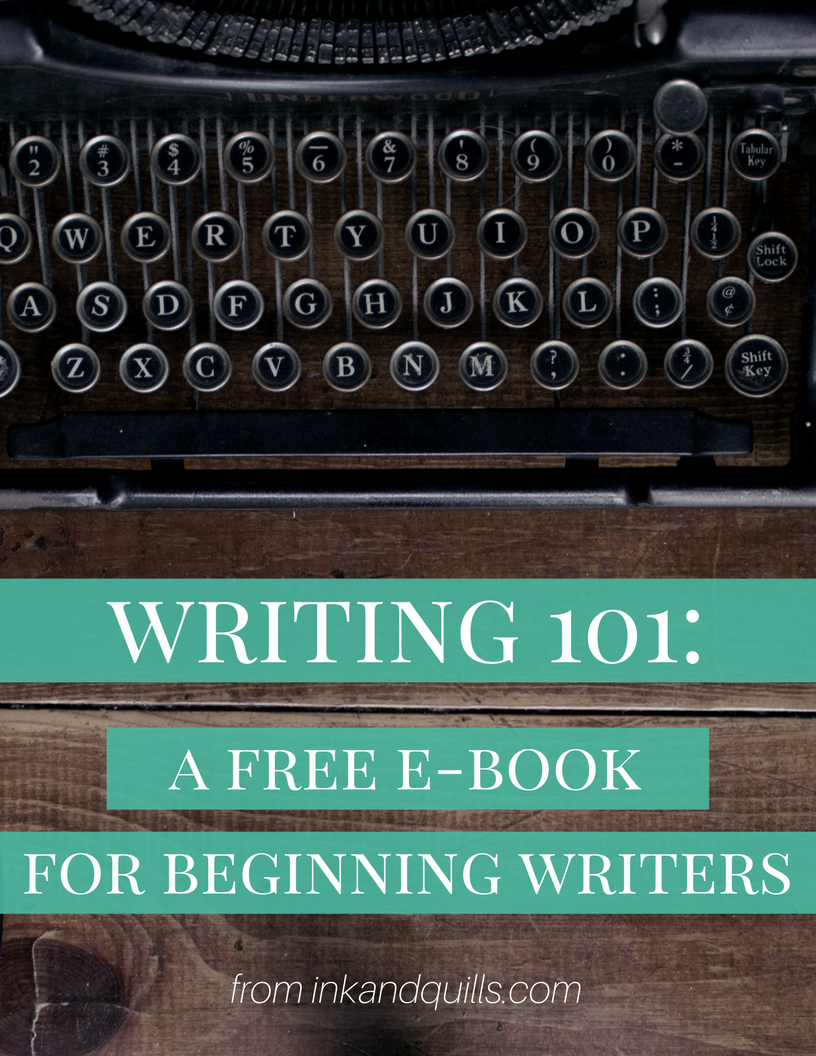

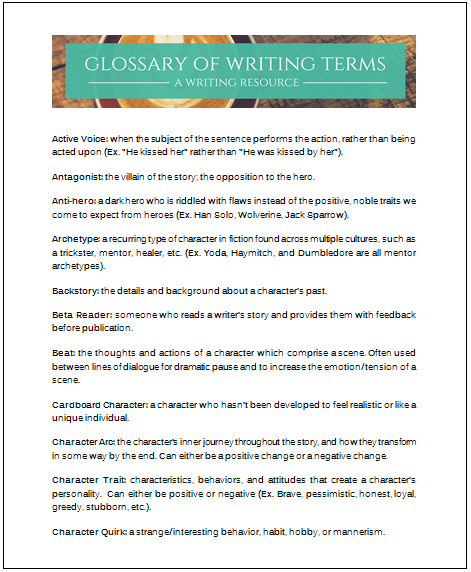

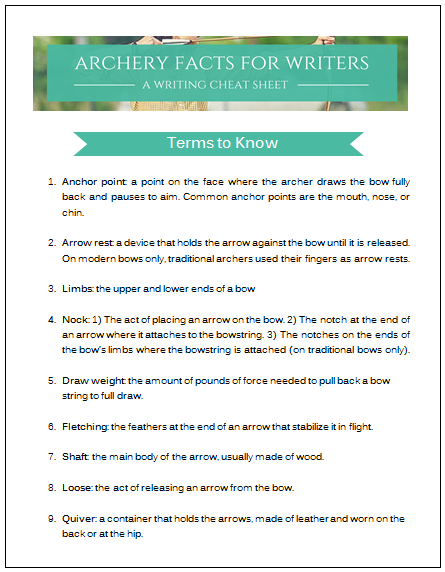



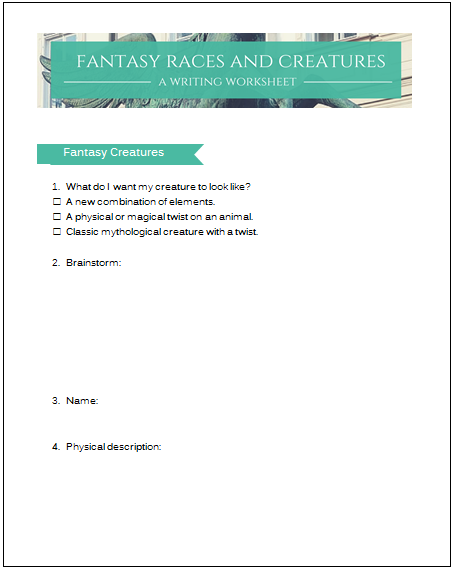


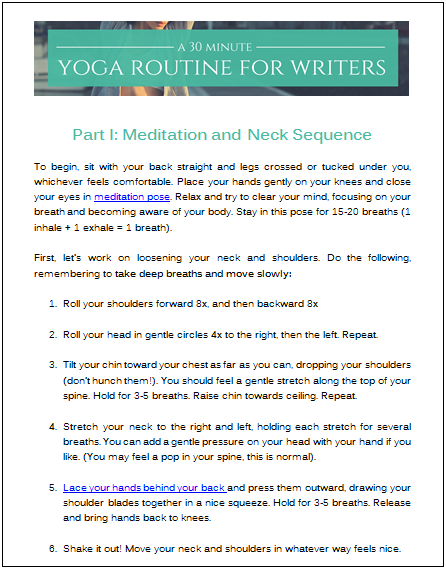
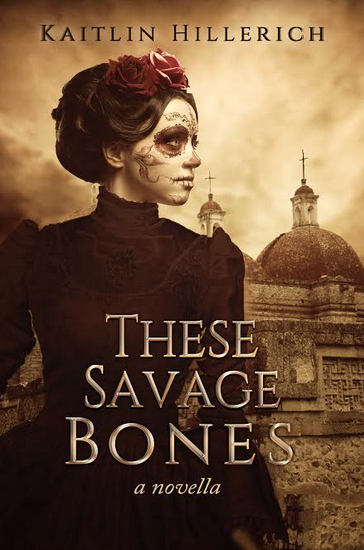

Thanks, Kaitlin.
Speaking as a reader, I detest wading through casts of well-described characters who don’t add anything to the plot. I discover a butcher with a limp who has minimal strength in his right hand. Noted. Then character x. Character y. Three others with distinctive traits. However, none of them further the plot. I’ve been forced to remember inconsequential details, and in doing so, I’ve lost sight of the true narrative.